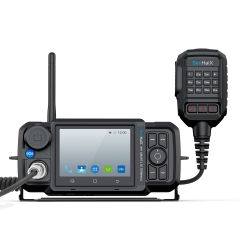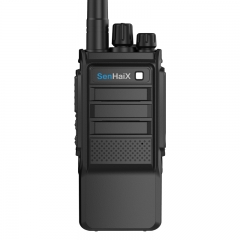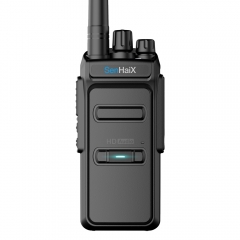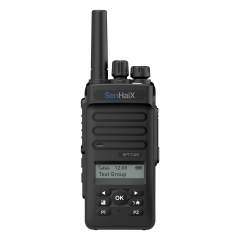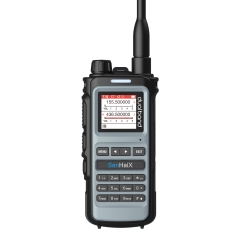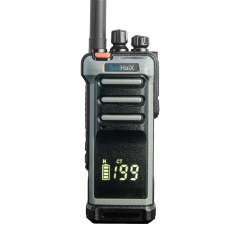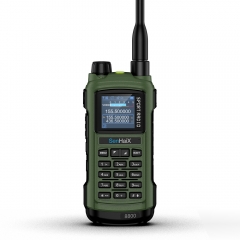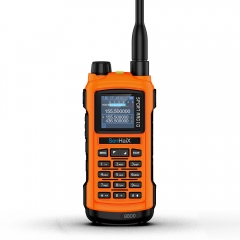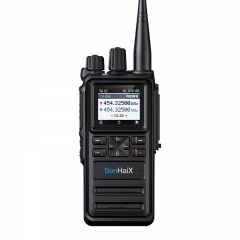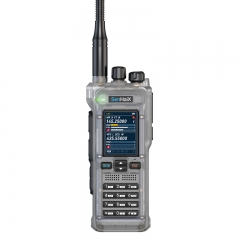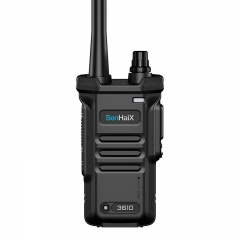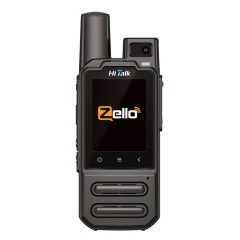Many users do not know how to "pair" channels when using two way radios. This article combines the types of two way radios to talk about their related knowledge.
The answer is "turn the FM knob". Strictly speaking, there is no so-called "pairing" for two way radios. The frequency used for calls on two way radios, whether it is analog signals in the early years or digital signals later, as well as the current base station and IP intercom technology, although the technology has changed , but the frequency used remains unchanged. As long as one or more two way radios are set to the same frequency, then the two way radios under this frequency can directly make calls, and the calls are one-to-one or one-to-many. "Pairing" said, just turn the adjustment button, you can tune the frequency.
What is a two way radio frequency?
The so-called "frequency" can be understood as TV channels and call channels. Based on different application industries, the frequency of two way radio is strictly limited. For example, the frequency of U-segment for civil use is between 400-470MHz, and the frequency of V-segment is between 136-174MHz. Take the 420MHz frequency, A radio and B radio as an example, as long as the frequencies of these two radios are all set to 420MHz, as long as the communication distance does not exceed the range, and there are no super interference sources and obstacles within the communication range, then Two two way radios can make a call, and the signal transmission during the call is limited to this frequency, which will not affect the call of equipment in other frequency bands, such as the 350MHz frequency used by public security and the 220MHz frequency used by the coast; the 433MHz frequency used by amateurs; the frequency used by mobile phones 900MHz frequency; the 85-120MHz frequency used by the radio, etc., do not interfere with each other, and do not need to be paired. As long as the device has a frequency search function, you can receive or transmit signals by adjusting the frequency, and you can also communicate.
What is the difference between the new number of two way radio communication?
The analog signal two way radios in the early years used analog signal technology, through a special sound wave oscillation device, converted it into an electromagnetic signal and emitted it, and then restored it at the receiving end to generate electronic sound; while the communication method of the digital signal two way radio is different from the analog The signal two way radio is the same, but it is no longer a signal simulation, but directly encodes the audio signal, and then decodes and restores it through the corresponding decoder. The communication distance and communication quality are much stronger than the analog signal; as for the base station communication technology, IP walkie-talkie is just a personal definition. It is essentially a digital signal communication, but it is combined with satellites, base stations, and transfer antennas of the communication network, and used with a mobile phone card to achieve ultra-long-distance real-time intercom calls.
Conclusion: The communication distance of most civilian two way radios is about 5-20 kilometers, and it can reach about 100 kilometers with the addition of relay antennas or equipment. If it is an IP network two way radio or the card-plugging two way radio mentioned above, the communication distance depends on the service provider The specified communication area, such as the province, the whole country, the city, the county, etc.


















